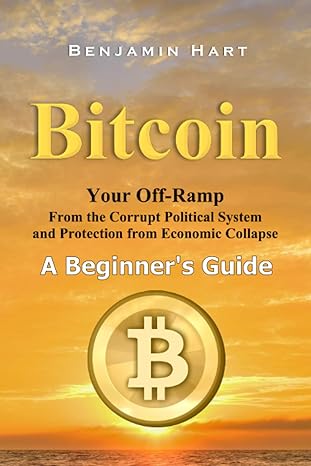Answered step by step
Verified Expert Solution
Question
1 Approved Answer
newsboy problem/ christmas tree problem In the example which gives the problem its common name, a newsboy buys a quantity of papers q to sell
newsboy problem/ christmas tree problem 

In the example which gives the problem its common name, a newsboy buys a quantity of papers q to sell on a busy urban street corner early in the morning. The demand for newspapers on a given morning is a random variable X. If X > q he sells all the papers he bought earlier in the day, but he doesn't have time to go the newspaper office to try to get any more papers. On the other hand, if X 

b>c>0. Part A Show that his expected profit as a function of q is given by 14 Hq) = (c-a)qF(q) + (a -c) f(x) dx + (a - b) (1) where f is the probability density function for X, and F is the corresponding cumulative distribution function. (You will undoubtedly want to review the idea of a conditional distribution, and the conditional expected value; particularly its use in the solution of the Action Timing problem.) Part B Use this to show that the expected profit is maximal when the quantity of papers purchased by our enterprising newsboy is: q* = F-110- Part C Suppose the newsboy sells his papers for $1.10 each; he pays $0.85 each; and the recycle value of a paper is $0.05. Suppose also the demand for the morning paper is normal with = 200 and o = 40. What is the optimal number of papers for the newsboy to buy? You may, of course, avail yourselves of any tables or software you find useful.) In the example which gives the problem its common name, a newsboy buys a quantity of papers q to sell on a busy urban street corner early in the morning. The demand for newspapers on a given morning is a random variable X. If X > q he sells all the papers he bought earlier in the day, but he doesn't have time to go the newspaper office to try to get any more papers. On the other hand, if Xb>c>0. Part A Show that his expected profit as a function of q is given by 14 Hq) = (c-a)qF(q) + (a -c) f(x) dx + (a - b) (1) where f is the probability density function for X, and F is the corresponding cumulative distribution function. (You will undoubtedly want to review the idea of a conditional distribution, and the conditional expected value; particularly its use in the solution of the Action Timing problem.) Part B Use this to show that the expected profit is maximal when the quantity of papers purchased by our enterprising newsboy is: q* = F-110- Part C Suppose the newsboy sells his papers for $1.10 each; he pays $0.85 each; and the recycle value of a paper is $0.05. Suppose also the demand for the morning paper is normal with = 200 and o = 40. What is the optimal number of papers for the newsboy to buy? You may, of course, avail yourselves of any tables or software you find useful.)
Step by Step Solution
There are 3 Steps involved in it
Step: 1

Get Instant Access to Expert-Tailored Solutions
See step-by-step solutions with expert insights and AI powered tools for academic success
Step: 2

Step: 3

Ace Your Homework with AI
Get the answers you need in no time with our AI-driven, step-by-step assistance
Get Started


